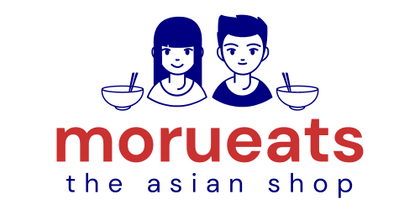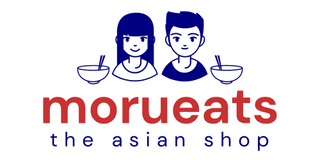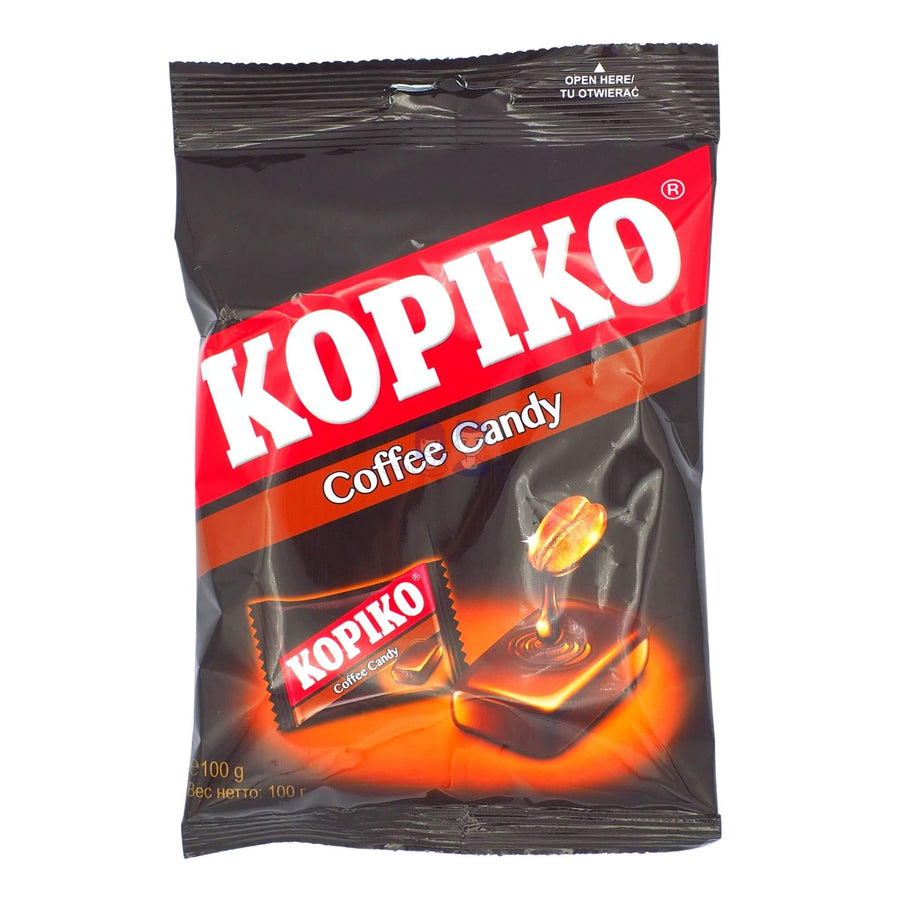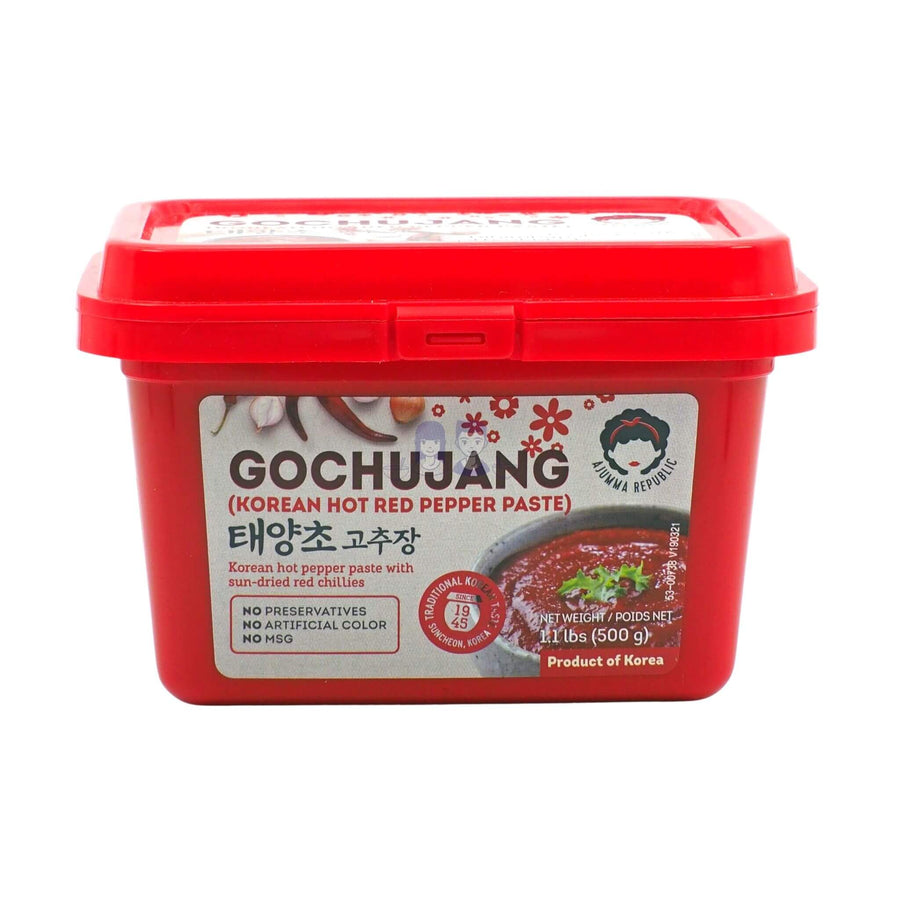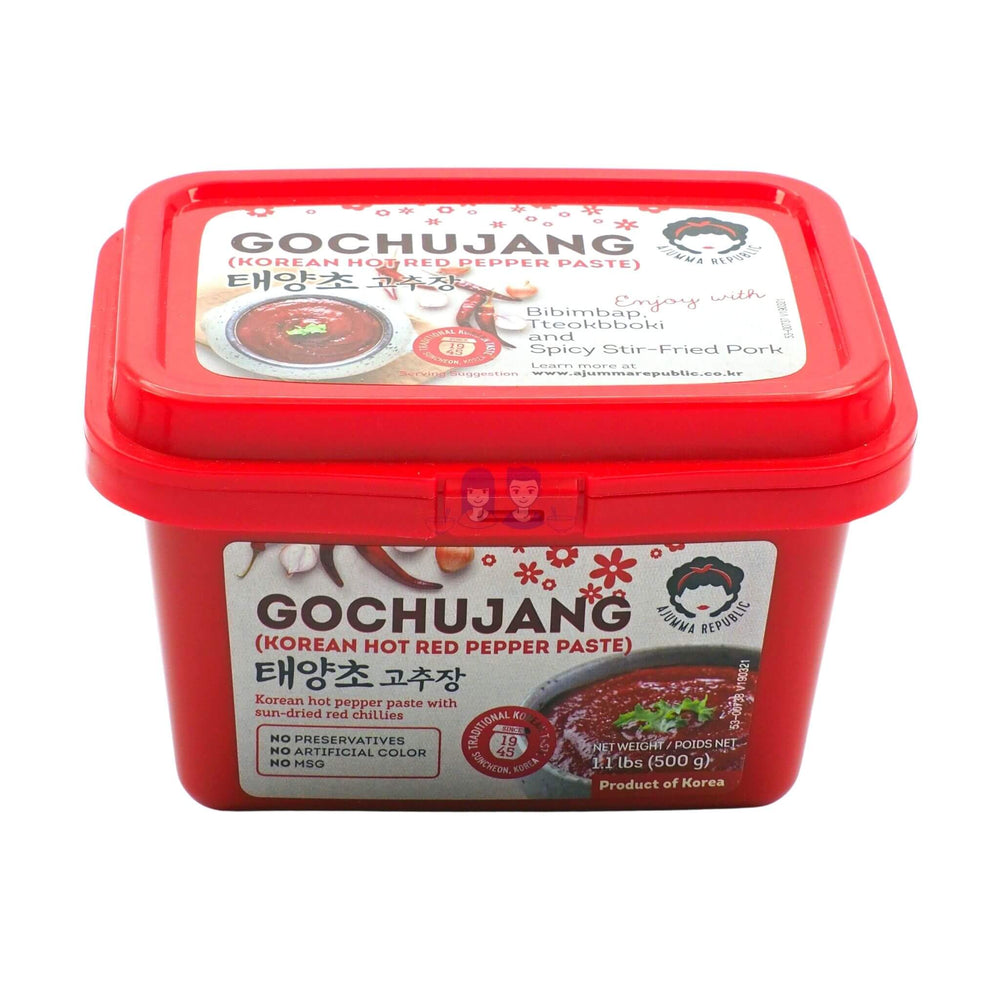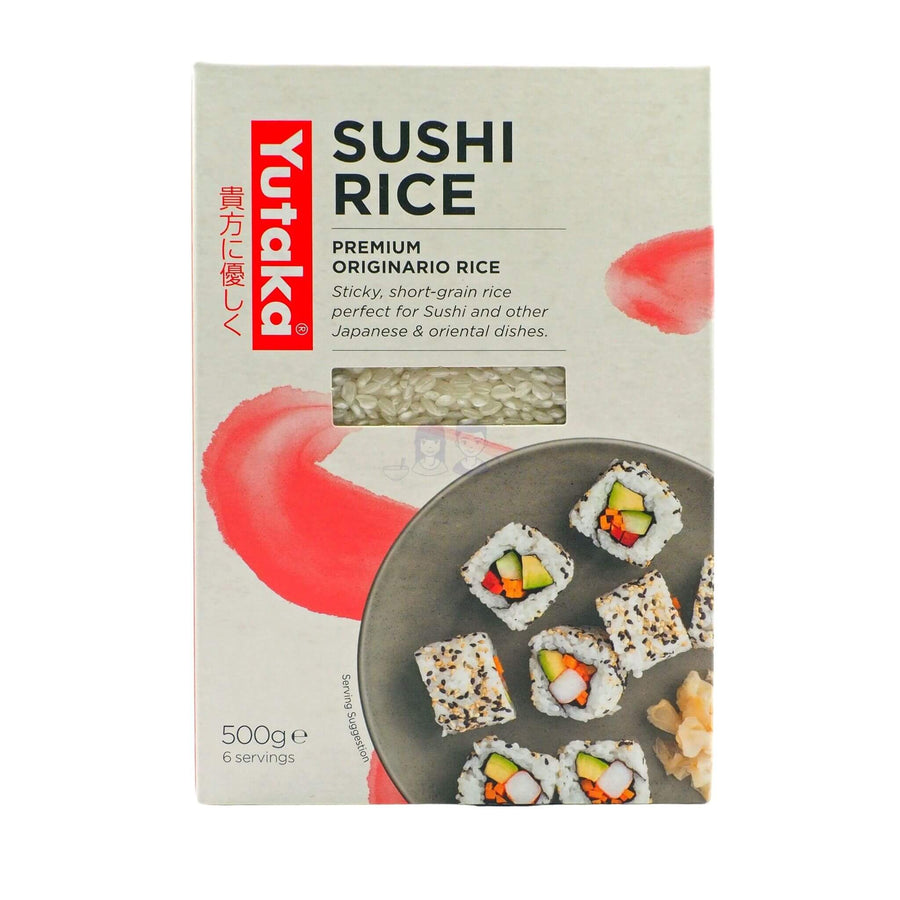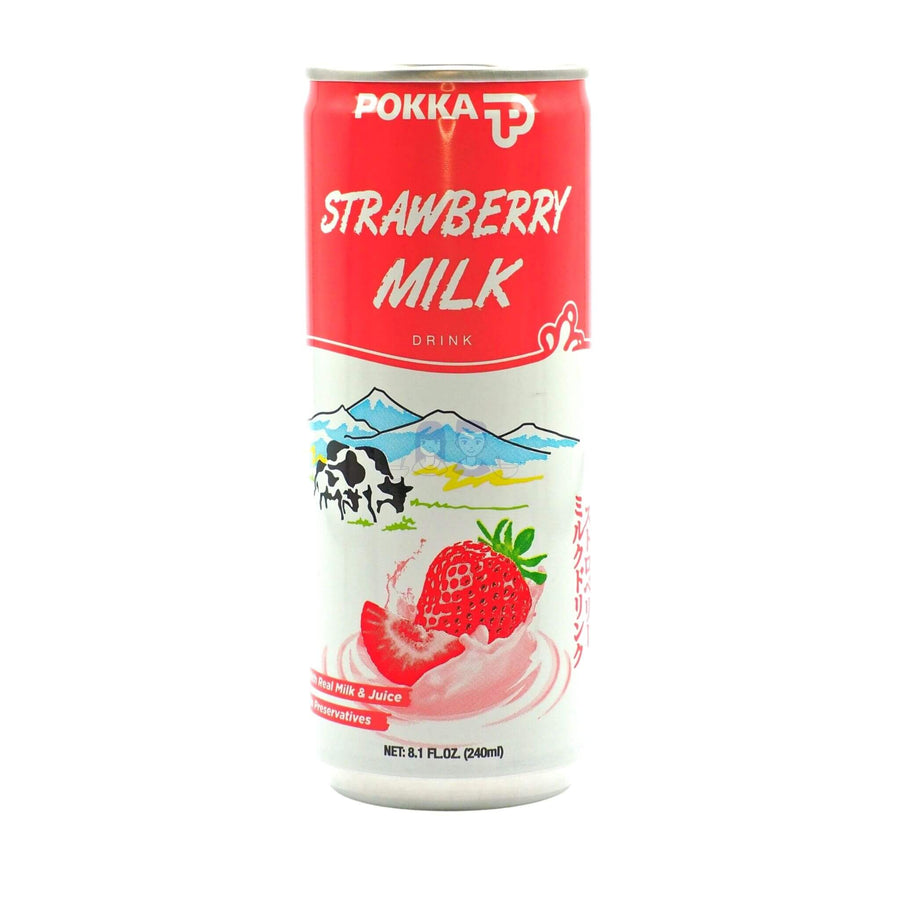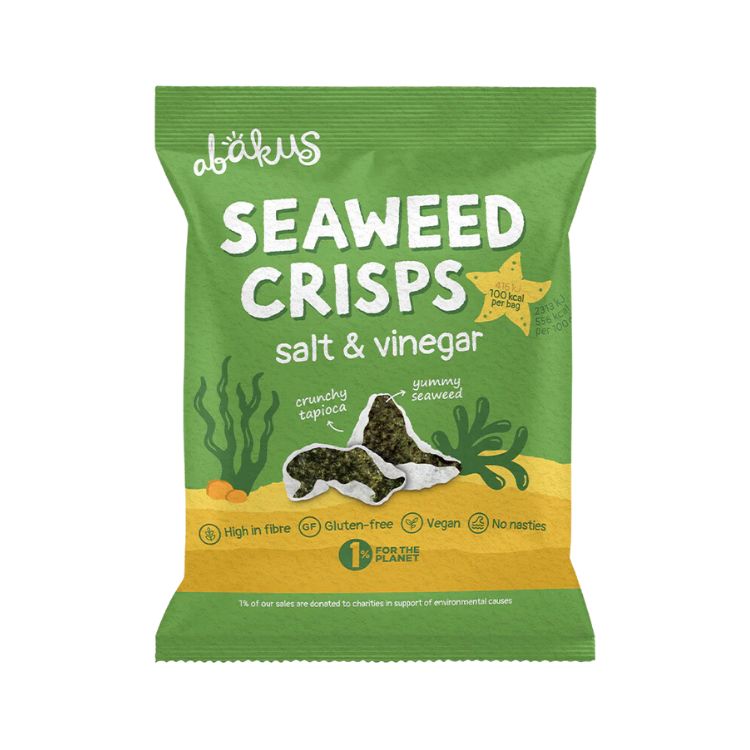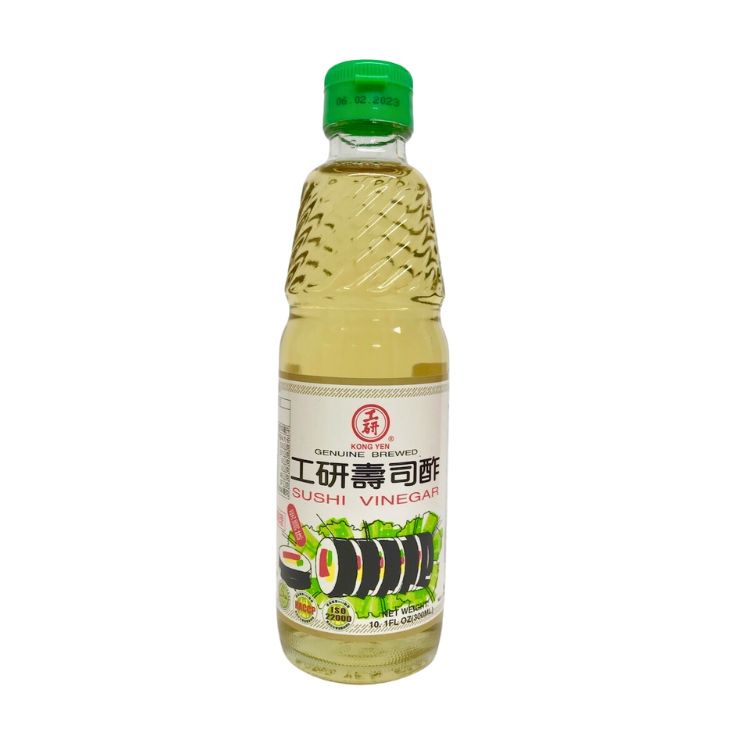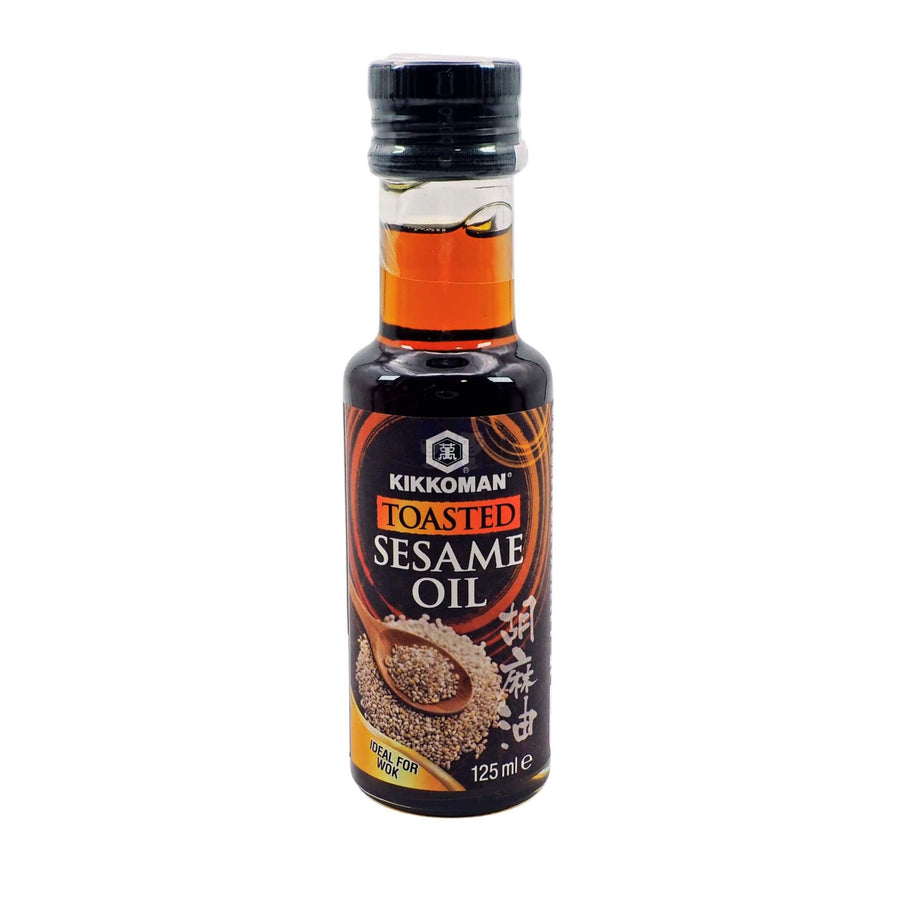19 Surprising Facts About Chinese Food You Never Knew
Chinese food is regularly ranked among the best cuisines in the world. If you’ve ever enjoyed dishes like dumplings, Kung Pao chicken, or Peking duck, it's not hard to see why. Beyond these familiar and delicious dishes lie many hidden and fascinating aspects of Chinese culinary culture.
In this article, we'll explore 19 surprising facts about Chinese food that highlight its rich history, diverse traditions, and cultural significance.
→ Shop now: Our range of Chinese Food and Ingredients
#1 Chinese Food Consists of Eight Distinct Regional Cuisines
Chinese food isn't a single type of cuisine, it's an umbrella term that describes a series of regional culinary cuisines. Each has its own distinct cooking style and traditions. In fact, China boasts a staggering eight different culinary traditions. This includes the most well-known Sichuan and Cantonese, as well as Hunan, Shandong, Jiangsu, Anhui, Zhejiang, and Fujian.

#2 Staples Used in Chinese Cooking Vary by Region
While rice is a staple in the southern regions of China, northern China prefers wheat-based products like noodles and Mantou buns. This difference is largely due to the climatic conditions that favour the cultivation of different grains in these areas.
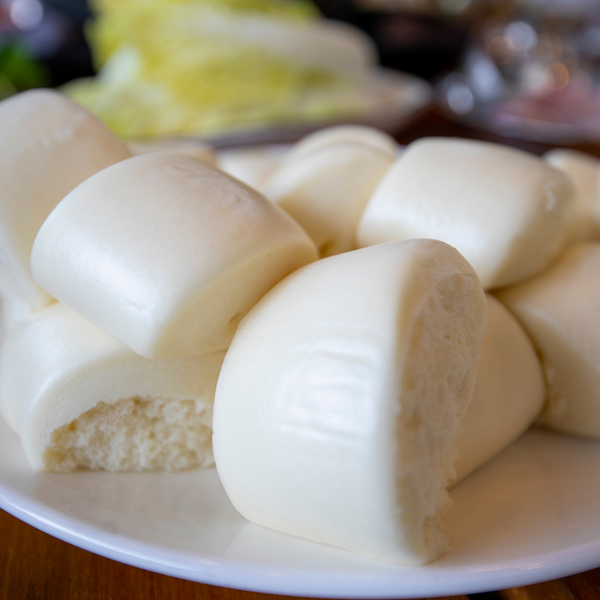
#3 Chinese Food Is Filled with Symbolism
Many Chinese dishes and ingredients are filled with symbolism and deeper meanings. These are often related to luck, prosperity, and health. For example, fish (鱼 yú) is popular in our household for Chinese New Year meals because it sounds like "surplus" (余 yú) and thus symbolises abundance. Similarly, cutting noodles is bad as noodles are meant to symbolise a long life.
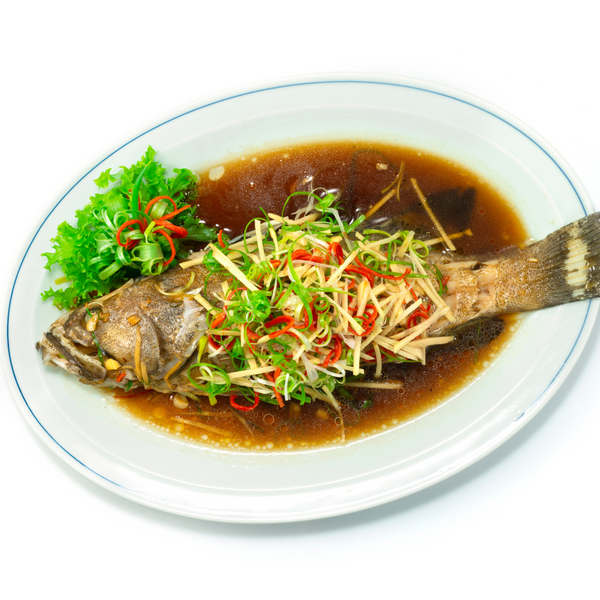
#4 Fortune Cookies Are Not Chinese
Despite being a staple dessert in many Western Chinese restaurants, fortune cookies are not of Chinese origin. They are believed to have originated from the cookies made by Japanese immigrants in San Francisco at the turn of the 20th century. They only became popularised as a Chinese restaurant tradition shortly afterwards.
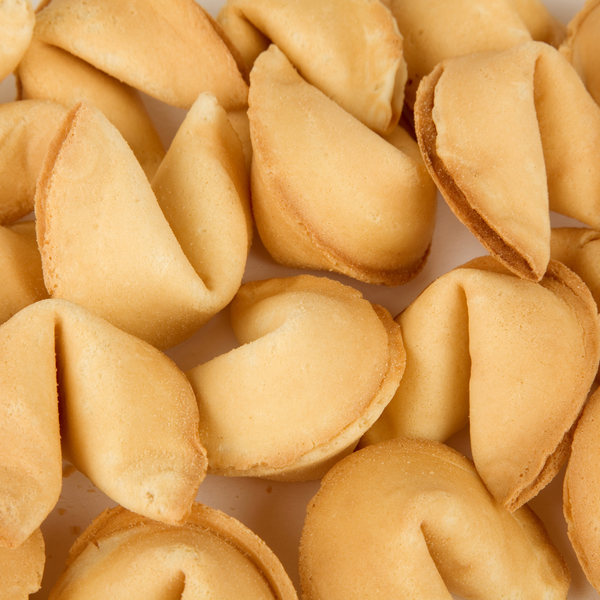
#5 Don’t Leave Your Chopsticks Upright
In Chinese culture, placing chopsticks upright in a bowl is considered taboo. This is because it resembles incense sticks burning at a shrine or funeral, symbolising death. Instead, we recommend that you leave your chopsticks resting across the rim of the bowl, or on a chopstick rest.
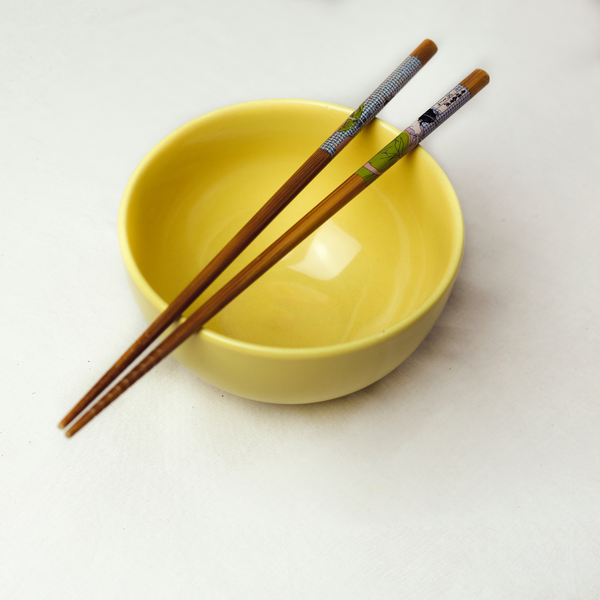
#6 Chinese Food Is Influenced by Chinese Medicine
Traditional Chinese Medicine (TCM) heavily influences Chinese cooking. Many foods and ingredients are believed to have healing properties and are used to promote health and balance in the body according to TCM principles. Ingredients like ginger, goji berries, and ginseng are commonly used for their health benefits, showcasing the emphasis on fresh, natural ingredients in Chinese cuisine.
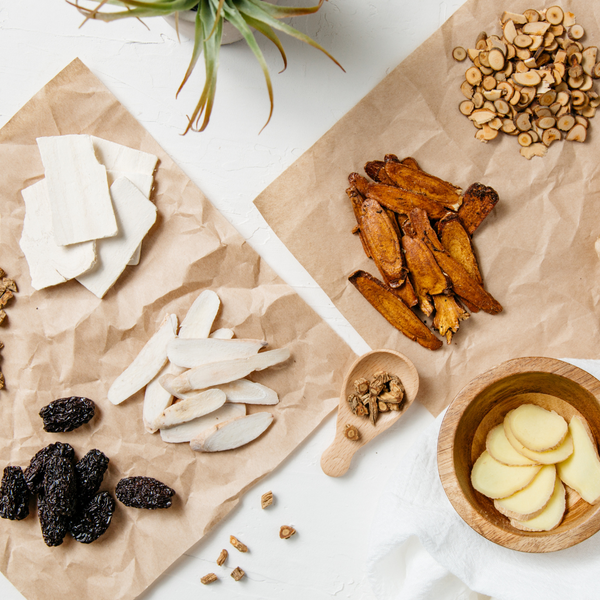
#7 China Is the Birthplace of Tea
China is considered the birthplace of tea and the Chinese started drinking it several thousand years ago. Chinese tea culture is deeply intertwined with Chinese cuisine. Different types of tea are often paired with specific dishes to enhance the dining experience. We strongly recommend a pot of Jasmine or Oolong tea to complement a Chinese meal.
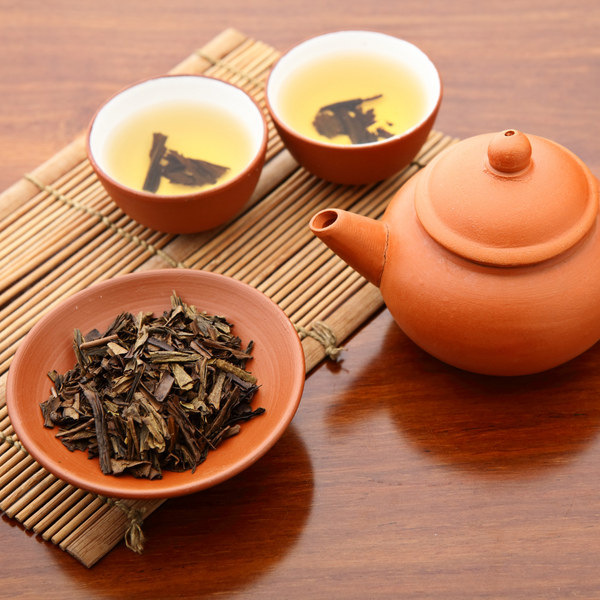
#8 Chinese Food Is Designed for Sharing
In Chinese tradition, eating is a very communal event. Chinese dining often involves many dishes placed at the centre of the table which are shared among family and friends. It’s common to have a bowl of rice and a plate in your place when the meal starts to help you get going.
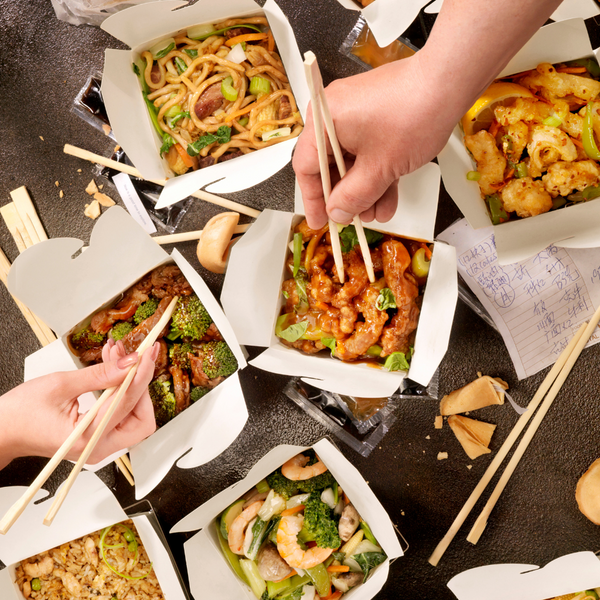
#9 Round Dining Tables Symbolise Equality
Round tables are often favoured in Chinese dining for their ability to create a sense of equality among diners. This is because everyone can face each other without differentiation and there is no head. We find that this makes it easier to strike up a conversation with anyone as well as facilitate the sharing of dishes.
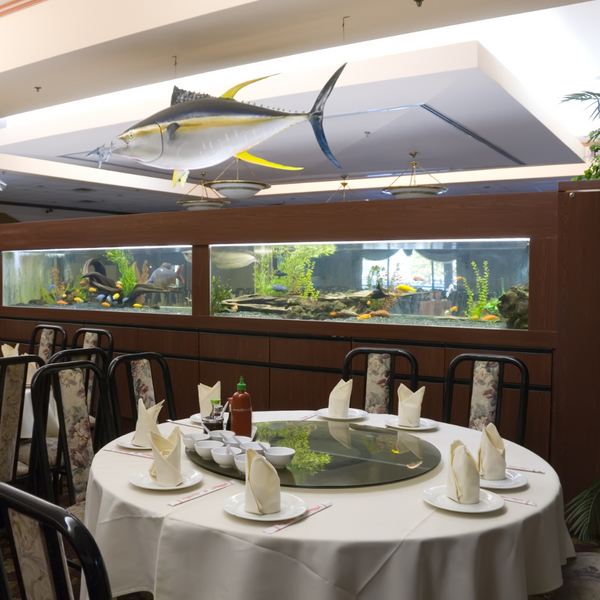
#10 Century Eggs Aren't 100 Years Old
Despite the name, century eggs are not actually 100 years old. They are a delicacy involving preserving duck, chicken, or quail eggs in a curing mixture for several weeks to months. The curing mixture commonly consists of ingredients such as clay, ash, salt, quicklime, and rice husks. The process transforms the eggs into a jelly-like texture with a unique salty and strong flavour.

#11 Hot Pot Is Over 1,000 Years Old
Chinese hot pot has a history of more than 1,000 years. According to folklore, its origins were as a hearty meal for fishermen and boatmen on the Yangtze River. This was especially popular during cold weather. Others say that hot pot was bought over by the Mongols.

#12 Spring Rolls Symbolise Wealth
Often enjoyed during Chinese New Year, spring rolls are filled with vegetables and sometimes meat. They are believed to symbolise wealth due to their golden-brown colour, and long shape that looks like gold bars.
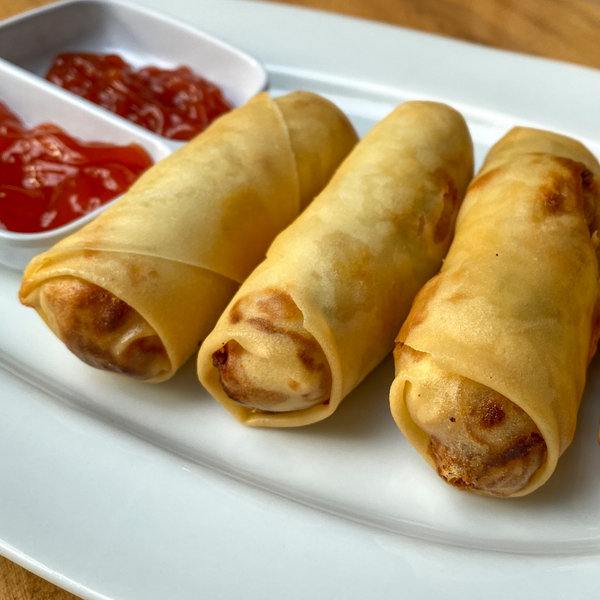
#13 Dim Sum Is a Breakfast Dish
Dim Sum, which translates as "touch the heart," originated as a meal to be enjoyed for breakfast or brunch. As one of our favourite types of Chinese cuisine, dim sum involves small, bite-sized portions served in steamer baskets or on small plates. It is designed to be enjoyed with Chinese tea and friends or family in a leisurely manner.

#14 Mooncakes Symbolise Unity & Completeness
Mooncakes are thick pastries consisting of a sweet, dense filling and often salted egg yolks. They are a staple during the Mid-Autumn Festival. Mooncakes are rich in symbolism, with their round shape representing unity and completeness.

#15 The Beggar's Chicken Legend
This famous dish involves wrapping a chicken in lotus leaves and clay and baking it for hours in low heat. It's said to have originated from a beggar who invented this method to cook a stolen chicken without any cooking utensils.
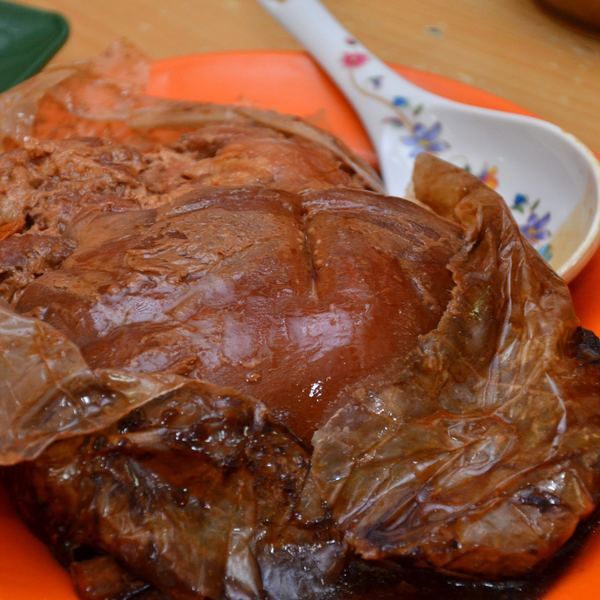
#16 Tofu Was Invented in China
Tofu, a staple in Chinese and many Asian cuisines was invented in China over 2,000 years ago. It's made from soybeans and was originally developed as a cheaper protein alternative compared to meat.

#17 There Are Many Types of Dumplings
Chinese dumplings vary widely across regions. Their shapes, fillings and preparation methods all reflect the local flavours and customs. If you love everything from xiaolongbao and siu mai to har gow, check out our guide to Chinese dumplings.

#18 Peking Duck Has Imperial Origins
This world-renowned dish traces back to China's imperial era. During this period, it was a favoured delicacy in the royal court, known for its crispy skin and tender meat.

#19 Presentation and Aesthetics Are Vital in Chinese Cuisine
Chinese cuisine places a strong emphasis on the presentation and visual appeal of dishes. The way food is arranged and garnished is considered an art form, intended to engage all the senses. Chefs often use vibrant colours, intricate carvings, and creative designs to make dishes more appealing, reflecting the belief that a meal should satisfy not just the palate but also the eyes.

Final Word
Chinese cuisine has been shaped by thousands of years of history and culture. It is far more than just food, it's a reflection of values, traditions and communal practices. By exploring the full depths of Chinese culinary traditions, we not only enjoy delicious meals but also gain insight into the lives and beliefs of the people who created them.
This journey invites us all to venture beyond the takeout containers and toward a more profound appreciation of one of the world's most intriguing and diverse food cultures. We encourage you to explore these traditions yourself and experience the richness of authentic Chinese cuisine.
